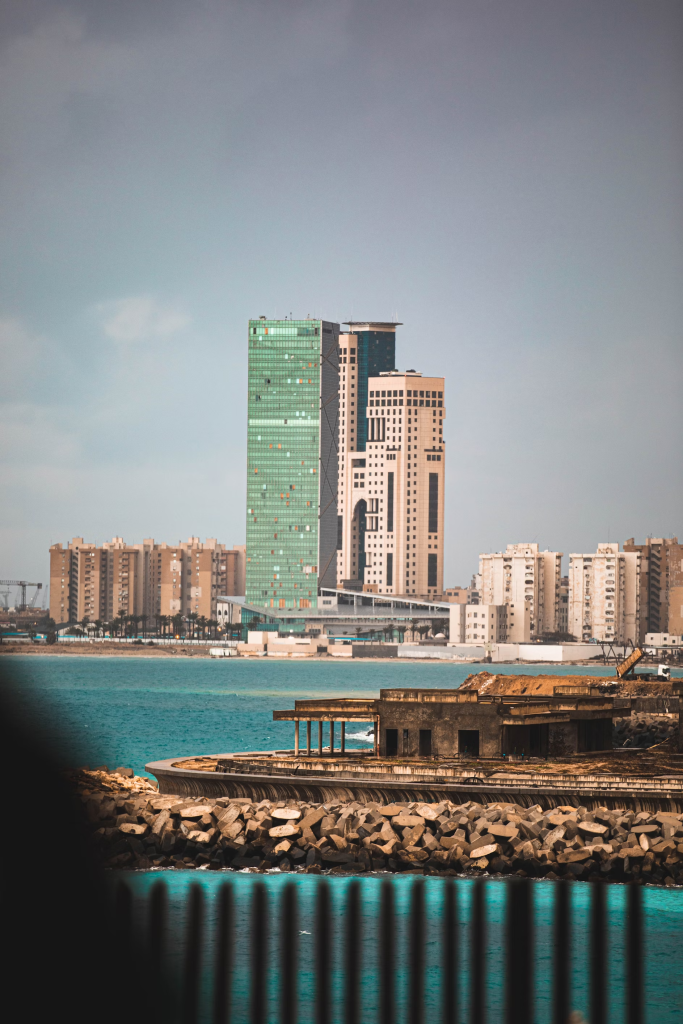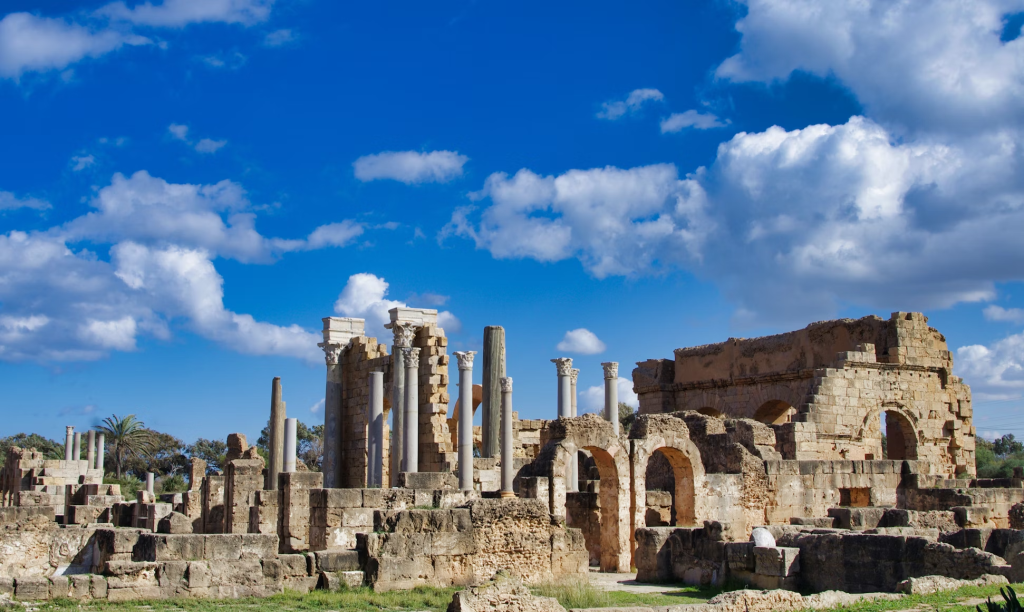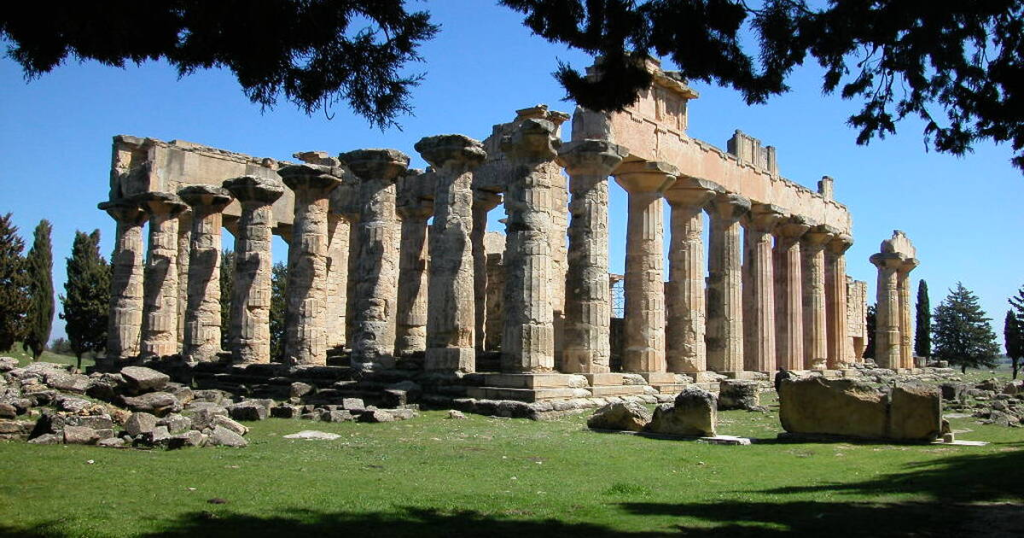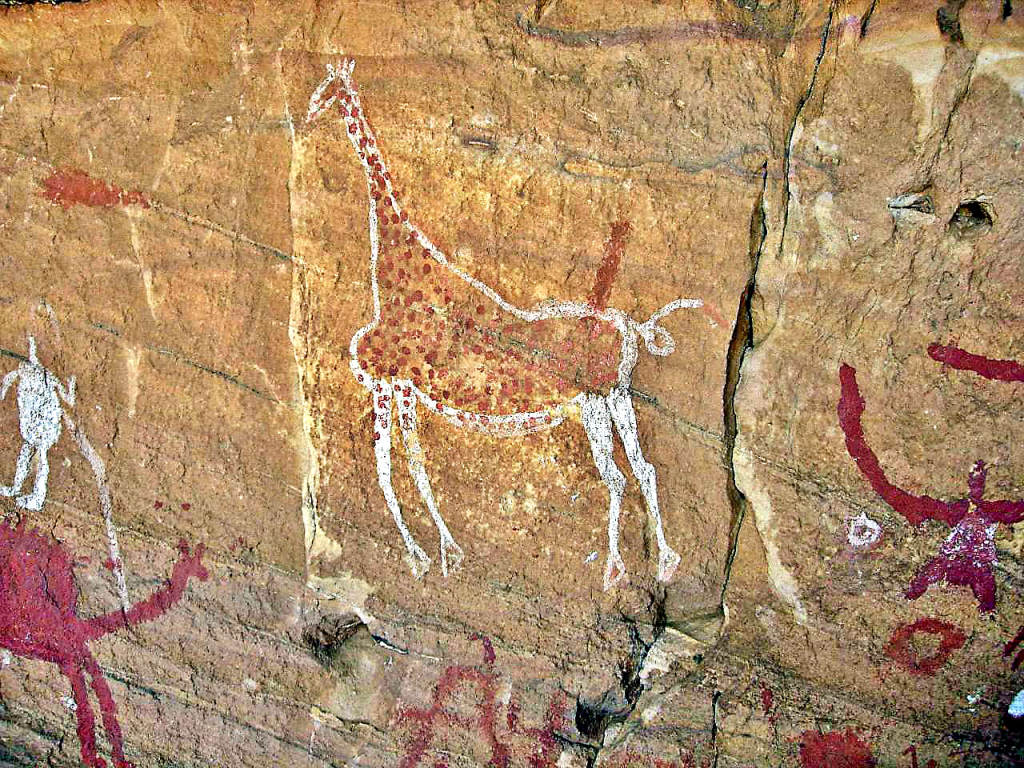
Be welcome to the ancient land of Libya. It is an old country with a lot of history and UNESCO World Heritage sites. Travellers can gain some knowledge of its history by visiting the majestic remains of Leptis Magna desert oasis Ghadames. Before you leave, it is important to know what travel restrictions and safety issues exist in Libya now. Make sure you stay informed about all the latest developments on this issue. Pre-plan your trip so that you can enjoy your stay in this fascinating place without any problems or worries.
Leptis Magna

Take a step back in time by visiting Leptis Magna, a UNESCO World Heritage Site located in Libya. The ancient city that used to be home to a busy Roman harbour still retains its remains that are well-preserved and would give an idea of its former glory. Be fascinated by the superb architectural designs of the Arch of Septimius Severus, a large theatre where people performed ancient plays as well as the huge Hadronic Baths once used by residents for luxurious bathing. Closing your eyes when walking past these ruins can bring you back into a time full of splendour and might. To have the best experience at Leptis Magna, consider hiring a local tour guide who will offer a descriptive walk-through on the historical importance attached to this site. Also, remember to carry some water and put on comfortable shoes because it is usually quite a long journey exploring these vast ruins. Dive into Libya’s breathtaking Leptis Magna and get ready for an incredible journey through the ages.
Sabratha

Sabratha, situated on the beautiful Libyan coast, has a wealth of historical treasures waiting for you to find them. This UNESCO World Heritage Site is rich in history as it used to be a prosperous Phoenician trading post and later it thrived under the Romans. Walk among the ancient ruins and see how the vast theatre once hosted performances that are still visible across the Mediterranean Sea. The temple, dedicated to the revered Egyptian goddess, Isis, features ornate carvings and columns. Check out Capitolium, where people worshipped Jupiter, Juno, and Minerva through beautiful architecture. For an educative time at Sabratha sign up for a guided tour that will give you deeper insight into its history and importance within this region.
Cyrene

The ancient Greek city of Cyrene in modern-day Libya is a historical place as one of the main centres of intellectual and cultural progress in the ancient world. The Greeks established it in 631 BC, and it later took root under Roman rule, leading to the development of a rich society that produced philosophers, poets, mathematicians, and scientists, among others. This UNESCO World Heritage site offers a captivating view of its illustrious past through well-preserved ruins. The Temple of Apollo is grand. It takes your breath away. The god himself built it for music and poetry. It has some beautiful Doric columns. Have a walk along the sanctuary Demeter; it is so calm that once upon a time people paid tribute here to their goddesses who were responsible for agriculture before they faded away leaving only a few relics behind them. One must not miss the bustling agora at Cyrene’s heart where markets thrived, political debate blossomed into fruition. Maximizing your experience on visiting Cyrene involves wearing sturdy walking shoes, sunscreen, hat bringing them with you as well as engaging someone who will help you understand why it matters using this guide on hire instead.
The Akakus Mountains

In Libya’s very core, you will find the spellbinding Akakus Mountains, which is a place of historical importance and beauty. The ancient rocks have endured so many years with man’s existence going back in time for thousands of years. Each sandstone formation carved by wind and weather tells a story of the planet’s indomitable strength. Marvel at these prehistoric rock paintings on cliffs and caves, peering into the past civilization’s way of life and religious beliefs. These drawings give an insight into the rich culture that Libya has, dating back to vibrant illustrations of animals to well-detailed human figures. When visiting the Akakus Mountains, make sure you carry strong hiking boots, plenty of water, and sunscreen if you want to enjoy its rough environment.
Ghadames Old Town

Go through the gates of the old Ghadames City. It’s an undiscovered place in the Libyan desert known for its rich history and culture. This is a relic from over a thousand years ago that was once considered the most important stopover on trans-Saharan trade routes. The area has narrow, winding streets. Traditional mud-brick houses there feature embossed decorations with detailed carvings and patterns. These decorations depict Amazigh culture. And then you can lose your way in the small lanes amid echoes of lost centuries. This gives a marvellous feeling of the atmosphere of this UNESCO World Heritage Site forever. To savour the aura around Ghadames Old Town, plan to see it through during the winter season. You will get to enjoy a breeze away from the desert heat. Remember to bring your camera to take photos of wonderful architecture. Also, you can capture the bright colours typical of ancient oases such as this one.
Know More About Places You Wish to Visit with PackUpYourBags!
The end of the matter is this: Libya’s UNESCO World Heritage Sites are magical. They give insights into the country’s past and its traditions. As a tourist, when you explore with responsible, sustainable tourism in mind, you can help to preserve these treasures. We can protect this priceless heritage by visiting places like Cyrene, Leptis Magna, and Sabratha. We can also protect it by visiting the Akakus Mountains and Ghadames Old Town. If you want to travel to Libya or elsewhere, visit our website for more information. They offer expert travel tips and resources for planning your unforgettable journey in Libya and beyond.

